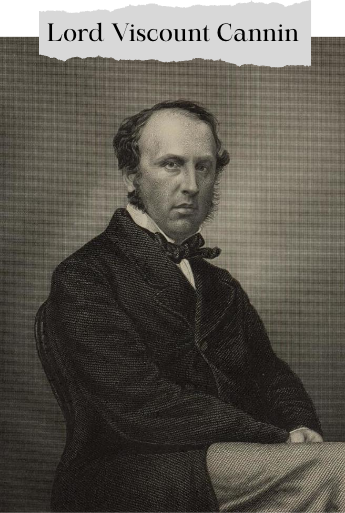The Indian Councils Act of 1861
It is an important act in the political and constitutional history of india. It
made the beginning of representative institutions by associating Indians with
the law-making process. It led to the beginning of decentralization. Portfolio
system was introduced and viceroy was empowered to issue ordinances. The act
also provided for the establishment of legislative councils in some provinces.
- It made the viceroy nominate some Indians as non official members of his
expanded council. In accordance with the act Lord Canning the then viceroy
nominated three Indians to his legislative council—the Raja of
Benaras, the Maharaja of Patiala and Sir Dinkar Rao.
- It restored the legislative powers to the Bombay and Madras Presidencies
that had been taken away by the Regulating Act of 1773. It thus reversed the
centralising tendency that started from the Regulating Act of 1773 and
reached its climax under the Charter Act of 1833. This policy of legislative
devolution resulted in the grant of almost complete internal autonomy to the
provinces in 1937.
- It also provided for the establishment of new legislative councils for
Bengal, North-Western Frontier Province (NWFP) and Punjab, which were
established in 1862, 1866 and 1897 respectively.
- It empowered the Viceroy to make rules and orders for the more convenient
transaction of business in the council.
- It also gave recognition to the ‘portfolio’ system, introduced
by Lord Canning in 1859. Under this, a member of the Viceroy’s council
was made in-charge of one or more departments of the government and was
authorised to issue final orders on behalf of the council on matters of his
department(s)
- It empowered the Viceroy to issue ordinances, without the concurrence of the
legislative council, during an emergency. The life of such an ordinance was
six months.
